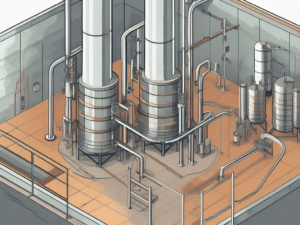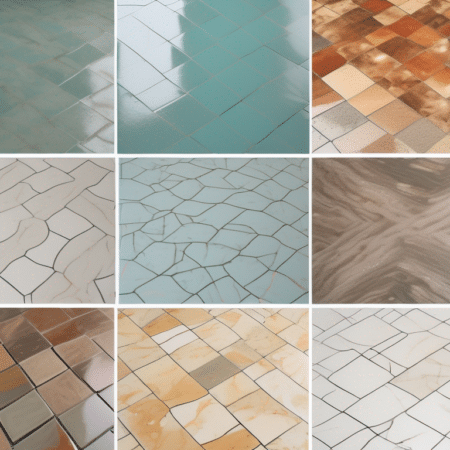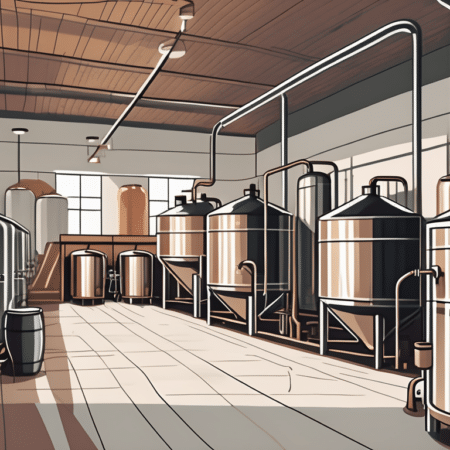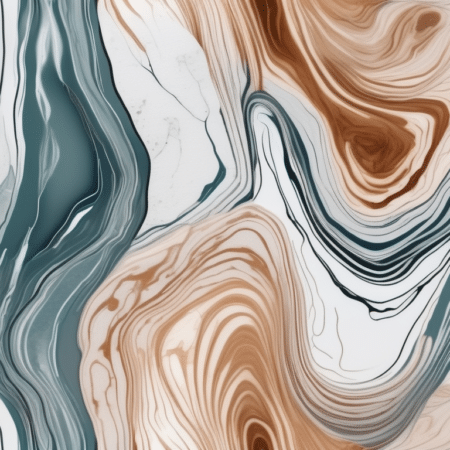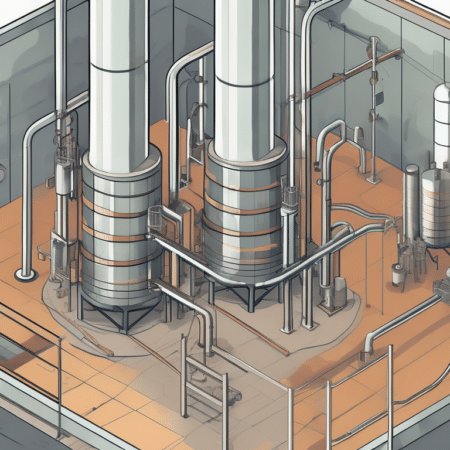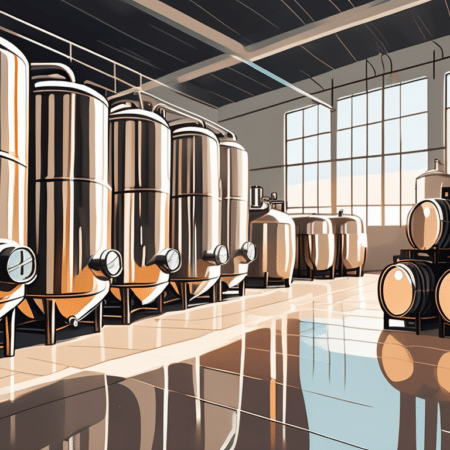Garage floor texture plays a crucial role in the overall functionality and aesthetics of your garage space. Whether you use your garage for parking cars, as a workshop, or for storage purposes, having the right texture on your garage floor can make a world of difference. In this comprehensive guide, we will dive deep into understanding garage floor textures, the importance of texture, different types of textures, preparing your garage floor for texturing, choosing the right texture, the process of applying texture, and how to maintain it.
Understanding Garage Floor Textures
Before we delve into the details of achieving the perfect garage floor texture, it is important to understand what garage floor textures are and why they matter. Garage floor texture refers to the surface finish or coating that is applied to the concrete floor to provide improved traction, durability, and aesthetic appeal.
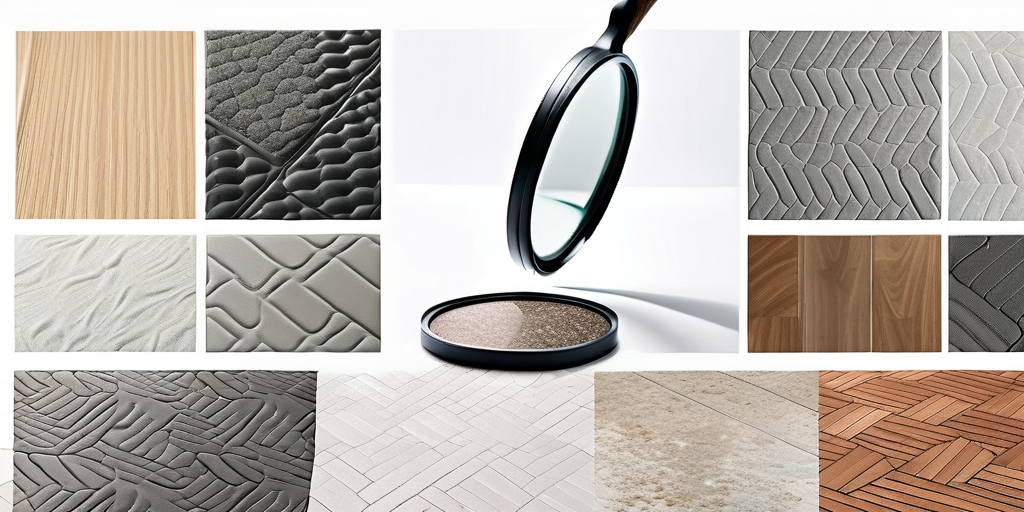
When it comes to designing your garage, every detail matters. From the organization of tools to the choice of lighting, homeowners strive to create a functional and visually appealing space. One often overlooked aspect is the garage floor texture. While it may seem like a minor consideration, the texture of your garage floor can have a significant impact on both safety and longevity.
The Importance of Garage Floor Texture
A well-designed garage floor texture can enhance the safety of your garage space by providing better traction, especially in wet or slippery conditions. Imagine walking into your garage after a rainstorm, carrying heavy boxes. With a smooth, slippery floor, each step becomes a potential hazard. However, with a carefully chosen texture, you can confidently navigate your garage, knowing that the risk of slips and falls is minimized.
Not only does garage floor texture improve safety, but it also plays a crucial role in the durability of your concrete floor. The garage is a high-traffic area, subjected to heavy vehicles, dropped tools, and chemical spills. Without proper protection, the concrete floor can quickly deteriorate, leading to cracks, stains, and an overall unappealing appearance. By applying a textured coating, you provide an extra layer of defense against wear and tear, ensuring that your garage floor remains in top condition for years to come.
Different Types of Garage Floor Textures
When it comes to choosing the right garage floor texture, you have several options to consider. Each texture has its own unique characteristics and benefits, allowing you to find the perfect fit for your garage.
Epoxy coatings are a popular choice for garage floors. They create a smooth, glossy surface that is easy to clean and maintain. Additionally, epoxy coatings offer excellent resistance to chemicals, making them ideal for garages where spills are common. With a wide range of colors and finishes available, you can customize your garage floor to match your personal style.
Polyurea coatings, on the other hand, provide a more flexible and durable texture. They are highly resistant to abrasions, impacts, and chemical spills. Polyurea coatings also have the advantage of being fast-curing, allowing for a quicker installation process. With their high-performance qualities, they are often used in commercial and industrial settings, where durability is paramount.
If you’re looking for a softer and more cushioned texture, rubberized coatings may be the perfect choice. These coatings provide excellent impact resistance and noise reduction, making them ideal for garages that double as workshops or exercise areas. With their anti-slip properties, rubberized coatings offer enhanced safety, even in the presence of moisture or oil spills.
For those who prefer a more natural and rustic look, concrete stains are an excellent option. These stains penetrate the concrete surface, creating a rich, variegated appearance. Concrete stains can be customized to achieve various effects, from mimicking the look of polished stone to creating a weathered patina. With their ability to enhance the natural beauty of concrete, stains are a popular choice for homeowners seeking a unique and artistic garage floor texture.
When selecting a garage floor texture, it is essential to consider your specific needs, preferences, and budget. Whether you prioritize safety, durability, or aesthetics, there is a texture that will meet your requirements and transform your garage into a functional and visually appealing space.
Preparing Your Garage Floor for Texturing
Before you can start applying the desired texture to your garage floor, it is essential to properly prepare the surface for optimum adhesion and longevity of the texture. This involves a few important steps: cleaning and clearing your garage floor and assessing its condition.
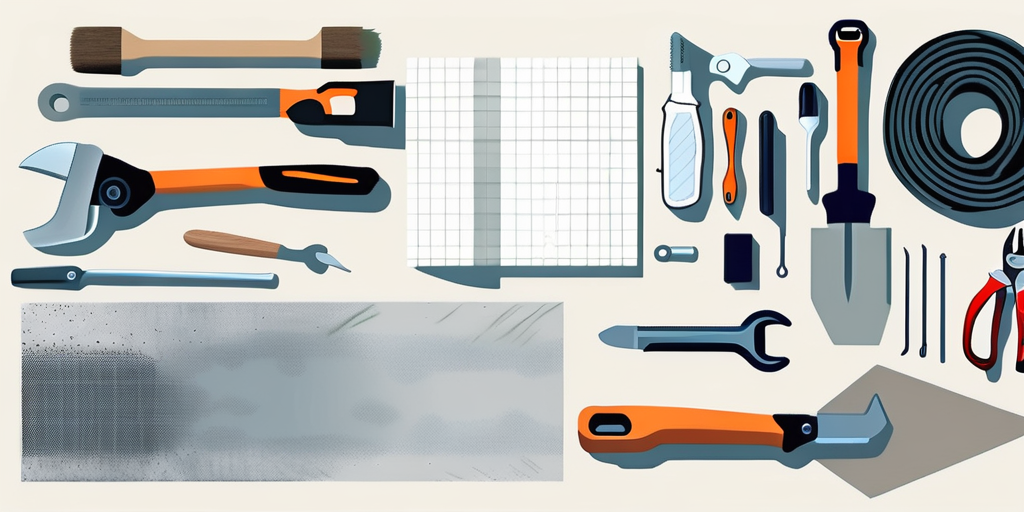
Cleaning and Clearing Your Garage Floor
The first step in preparing your garage floor for texturing is to thoroughly clean the surface. Remove any dirt, oil stains, or debris using a pressure washer or a suitable degreaser. It is also important to clear out any items or obstructions from the garage to ensure an unobstructed work area.
Assessing the Condition of Your Garage Floor
Prior to applying the texture, it is crucial to assess the condition of your garage floor. Inspect for cracks, uneven areas, or other damages that may need to be repaired before texturing. This step ensures that your garage floor is in optimal condition and ready for the next stage of the texturing process.
Choosing the Right Garage Floor Texture
Choosing the right garage floor texture requires careful consideration of various factors. These factors include the purpose of your garage, desired aesthetics, level of durability required, budget, and personal preferences. Let’s take a closer look at these factors to help you make an informed decision.
Factors to Consider When Choosing a Texture
When selecting a garage floor texture, it is important to consider factors such as the intended use of your garage, the climate in your area, the level of foot or vehicle traffic, and the type of finish you desire. Additionally, your budget and maintenance requirements should also be taken into account.
Popular Garage Floor Textures and Their Benefits
There are several popular garage floor texture options available, each with its own set of benefits. Epoxy coatings, for example, provide a glossy and durable finish that is resistant to chemicals and abrasions. Polyurea coatings offer quick curing times and high resistance to UV rays and heavy traffic. Rubberized coatings provide excellent slip resistance and protection against impact. Concrete stains can give your garage floor a unique and decorative look while enhancing its durability. Understanding the benefits of each texture will help you choose the one that best suits your needs.
The Process of Applying Garage Floor Texture
Now that you have chosen the ideal garage floor texture, it’s time to dive into the process of applying it to your floor. This section will guide you through the necessary tools and materials required, as well as provide a step-by-step guide for a successful application.
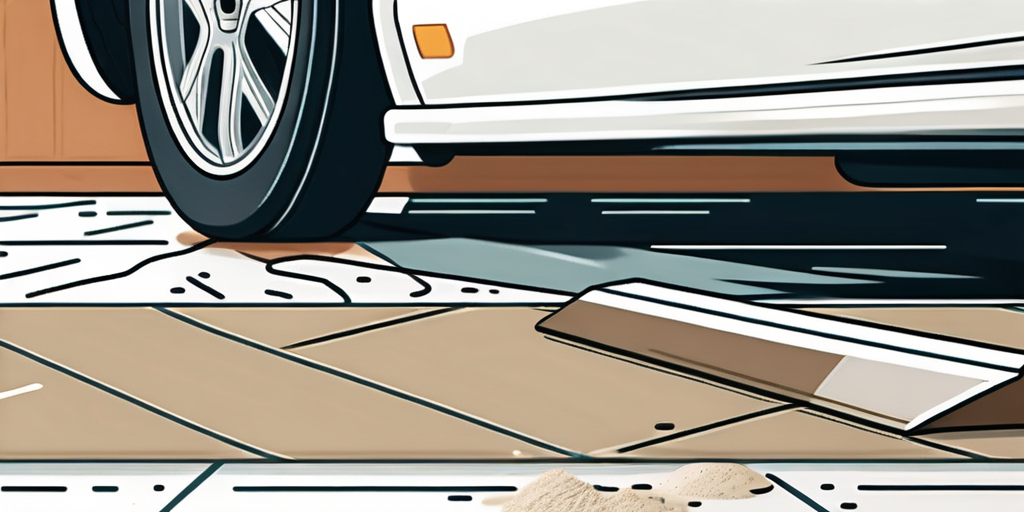
Necessary Tools and Materials
Before you begin the application process, ensure that you have all the necessary tools and materials. This typically includes a power washer or degreaser for cleaning, a concrete grinder for surface preparation, an epoxy or polyurea kit, brushes or rollers for application, and safety equipment such as gloves and goggles.
Step-by-Step Guide to Applying Texture
Follow these steps for a successful application of your chosen garage floor texture:
1. Clean the garage floor thoroughly by removing any dirt, stains, or debris.
2. Repair any cracks or damages on the surface using a suitable concrete filler.
3. Grind the floor to improve the adhesion of the texture by creating a rough surface.
4. Apply a primer coat if recommended by the texture manufacturer.
5. Mix the texture material according to the instructions provided.
6. Apply the texture evenly using a brush or roller, working in small sections at a time.
7. Allow the texture to dry completely before applying subsequent coats or using the garage.
8. Follow any additional instructions provided by the manufacturer for proper curing and maintenance of the texture.
Maintaining Your Garage Floor Texture
Maintaining your garage floor texture is essential to ensure its longevity and performance. This section will provide you with some useful cleaning and care tips, as well as guidance on when and how to retexture your garage floor if needed.
Cleaning and Care Tips
To keep your garage floor texture looking its best, it is important to regularly clean and maintain it. Sweep or vacuum the floor regularly to remove dust and debris. Clean up any spills or stains promptly using mild soap and water. Avoid using abrasive cleaners that may damage the texture. Additionally, consider placing mats or rugs in high-traffic areas to further protect the texture.
When and How to Retexture Your Garage Floor
Over time, your garage floor texture may start to show signs of wear or may no longer meet your desired aesthetic. In such cases, it is possible to retexture the floor to restore its appearance and functionality. The process of retexturing generally involves similar steps as the initial application, including proper cleaning, repairing any damages, and applying a new texture coating. It is advisable to consult the manufacturer’s instructions or seek professional help for retexturing to ensure the best results.
By following this ultimate guide, you can achieve the perfect garage floor texture that suits your needs and enhances the overall functionality and appeal of your garage space. From understanding different textures to preparing the floor, applying the texture, and maintaining it, every step is essential to ensure a successful outcome. With careful planning and execution, you can enjoy a durable, safe, and visually pleasing garage floor for years to come.





